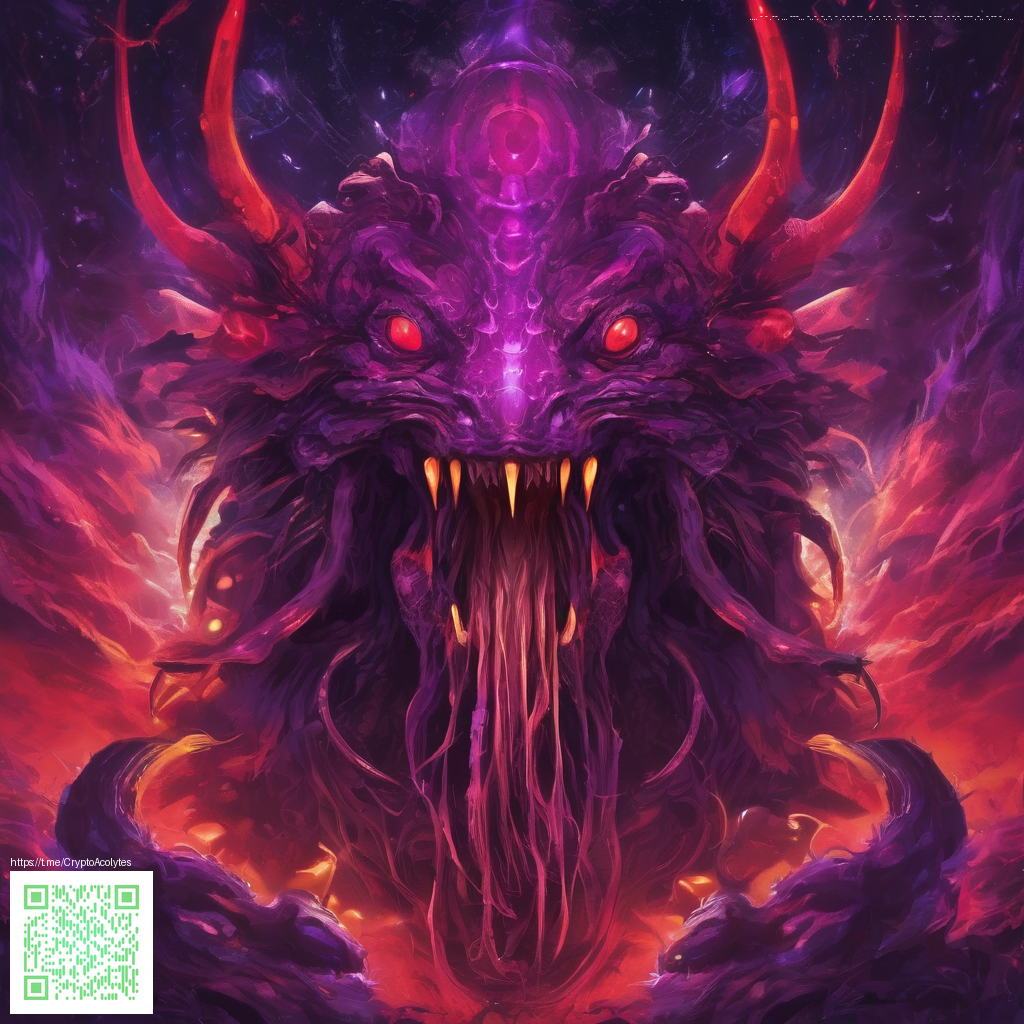
Planet Coaster and the Genre Redefined
In the annals of simulation games there is a moment when a release shifts the entire conversation. Planet Coaster did that for the theme park sim genre. Frontier Developments built a sandbox playground that rewarded meticulous design, patient iteration, and bold artistic vision. Players did not merely assemble rides; they choreographed experiences, told micro stories with terrain and architecture, and invited others to ride along through shared blueprints and parks.
Core gameplay innovations that shifted the landscape
The heart of the shift lies in the editor tools. The roller coaster designer blends physics first principles with a remarkably tactile interface. Tracks bend with surprising precision, supports click into place, and terrain reacts in real time as you sculpt hills, valleys, and water features. The result is a toolset that invites engineering curiosity as much as artistic impulse. The emphasis on control without sacrificing fluidity made the act of building feel intuitive yet deeply satisfying.
Beyond the rides lie the broader park systems. Guest flow, queue lines, and sightlines influence how a park breathes. The AI responds to guest needs and park aesthetics in ways that feel authentic, encouraging players to rethink layout strategy. A well placed plaza can become a social hub, while themed zones guide visitors on immersive journeys. It is this holistic approach that keeps players refining a single park for dozens of in game hours, chasing a balance between spectacle and park sustainability.
Community driven growth and the workshop revolution
Planet Coaster opened the gates to a thriving ecosystem of user generated content. The Steam Workshop became a living catalog of blueprints, scenery packs, and even entire park concepts. Builders share not just rides but storytelling devices arc after arc, treating parks as modular narratives that others can remix. The result is a perpetual feedback loop where popular designs spark new experiments, and newcomers feel both invited and challenged to contribute something unique.
Modding culture flourished around this openness. It is common to see cross pollination where a coaster layout from one park inspires a dramatic landscape piece in another. The culture embraces experimental builds, theme inspired micro universes, and technical explorations of how light and shadow interact with neon signage or fog effects. In many ways the social aspect of Planet Coaster is as influential as its technical prowess, turning a game into a living workshop that grows in real time with its community.
Updates that kept the genre evolving
Since its release the title has benefited from a steady stream of updates that refined the core experience and expanded creative possibilities. VR support arrived as a natural extension for players craving new ways to experience their parks. UI refinements and performance improvements reduced friction during long design sessions, allowing builders to stay in the zone longer. Most importantly, ongoing content adds new scenery, ride types, and storytelling options that keep old parks fresh while attracting new talent to the community.
These updates did more than add features they reinforced a design philosophy. Planet Coaster demonstrates that a theme park sim can be a living platform rather than a static product. The developers at Frontier repeatedly showed a willingness to listen to builders, experiment with new tools, and push the boundaries of how detailed a theme park world can feel. The result is a genre that invites continuous experimentation and creative risk taking.
Insights from players and creators inside the community
From fledgling builders to veteran park designers, the community reflects a shared love for architecture that tells a story. Tutorials and blueprint exchanges help beginners climb the learning curve while seasoned creators push the envelope with ambitious seasonal events and cinematic park entrances. The social fabric extends to conventions, roundtable streams, and collaborative builds where teams tackle large scale projects together. The sense of belonging is tangible, and it fuels a culture of mentorship as much as competition.
Players frequently highlight the satisfaction of watching a park come alive through lighting, ambience, and careful queue choreography. A successful park is not only about exhilarating drops and loops but also about inviting visitors to linger, explore, and discover tiny narrative details tucked away in corners. In this way Planet Coaster blends engineering discipline with artistic storytelling, forging a new standard for what a genre can be.
Developer commentary and the road ahead
Frontier Developments has consistently framed Planet Coaster as a platform for creativity rather than a fixed product. Their approach centers on empowering players with robust tools while maintaining a strong line of communication with the community. The studio has demonstrated that listening matters as much as innovation, turning feedback into practical improvements that enhance both the design experience and the shareable ecosystem around it. This philosophy has influenced a wave of modern sim titles that prioritize player driven content and open distribution channels.
Looking forward, the conversation around this game remains relevant as new hardware cycles and online collaboration patterns reshape how builders share and experience parks. While the core engine remains rooted in precise physics and careful resource management, the surrounding culture keeps evolving. Builders continue to push the bounds of what a theme park can convey, from intimate micro parks to sprawling, narrative heavy showcases that function as living art pieces.
For fans who crave a deeper understanding of how a single title can redefine a genre, the story behind Planet Coaster offers a blueprint. It demonstrates how powerful tools combined with a vibrant community can turn a game into an enduring platform. The result is a legacy that many games aspire to but few achieve, one coaster at a time 💠
To support ongoing efforts toward a decentralized internet and creative ecosystems that empower players, consider a donation via NowPayments. Your contribution helps sustain independent projects and a diverse range of creator communities that thrive on open collaboration